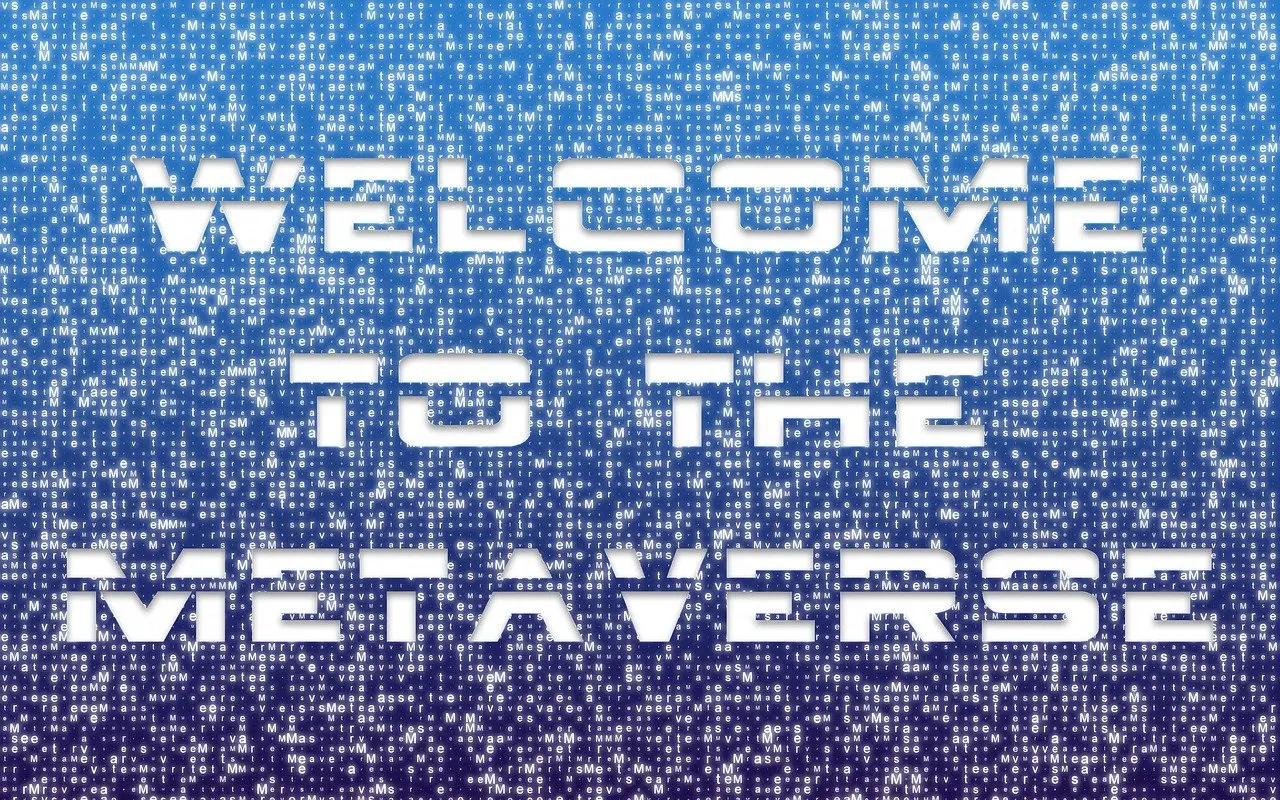Most businesses understand by now that content is king.
Unfortunately, however, most businesses do not have quite the same understanding about what makes content good and how to promote that content across platforms where their target audience will find it.
This is especially true in the education industry, which is struggling with declining enrollment numbers and fierce competition. Research shows that many people these days skim, rather than read, content. If this is true, then how can education institutions attract and retain interest throughout the buying cycle?
The answer lies in creating effective and relevant content formats that are properly distributed to a target audience. Here are three strategies institutions can employ to achieve this goal:
Recognize the powerful effect of improved content and web writing
Studies have found that only 16 percent of people read website content word for word. Instead, most people skim until they find words and sentences that are intriguing.
This means that education institutions must use “scannable text,” such as meaningful keywords, subheadings and bulleted lists that make it easy for readers to scan and consume content.
For example, this is one way to write a sentence about new school courses:
Our university now offers five new courses: the science of sustainability, the future of AI, gaming technology, live video marketing and augmented reality in healthcare.
Or it could be written:
Our university now offers five new courses:
- The science of sustainability.
- The future of AI.
- Gaming technology.
- Live video marketing.
- Augmented reality in health care.
Notice how the second example jumps off the page more because it includes bullet points, and each course has its own line, providing clarity and making the content more readable?
Understand how concise text and objective language can make every word count
Scannable text is not the only way to make content for education institutions readable and therefore more likely to reach a target audience. Using concise text and objective language is an effective way of communicating information without resorting to promotional content that can turn off many readers.
Promotional content that uses words like “the hottest course on campus,” or “the best faculty in the world” is often seen as boastful instead of useful. Readers expect a business to make these claims, but unless they are substantiated with evidence like actual rankings and ratings, they mean little. Instead, education institutions should make sure that their content is filled with text and language that sticks to the point without exaggeration.
For example, instead of a sentence like this one: Our university has the best faculty in the country and the most diverse student body possible…
A sentence like this one might be better: Sixty-six percent of our faculty have doctorate degrees, which ranks fifth nationally, and 55% of our student body is from another country.
The goal with any piece of content is readability, so sticking to objective language and concise text makes every word count and offers readers a more harmonious experience.
Understand why and how to capitalize on social media marketing
Education institutions must not simply create content for their websites, but must also distribute that content on social media platforms where their audiences gather.
There are several ways that schools can use social media marketing, including:
- Promote culture, curriculum and campus activities – Platforms such as Twitter and Facebook are ideal outlets for schools to brand their “product.” Whether it is posting pictures of a campus activity, showing students applying knowledge in real-life settings, or highlighting a specific program that received accolades, social media is a powerful way to reach prospects.
- Promote research activities – Schools can use social media to promote new research that has gained attention, and spotlight faculty and students who have gained recognition for their research work.
- Engage donors to raise money – Schools can create social media campaigns such as donor match challenges for alumni and live streaming of fundraising events to engage existing and prospective donors. Columbia’s 2012 Giving Day Campaign, which relied heavily on social media promotion, raised $7.8 million in one day.
Create and distribute
Education institutions that create quality content that is concise and informative, and distribute that content on social media platforms where their target audience gathers will maximize their marketing toward prospects.
If you need help creating a content marketing plan, please contact us today.











